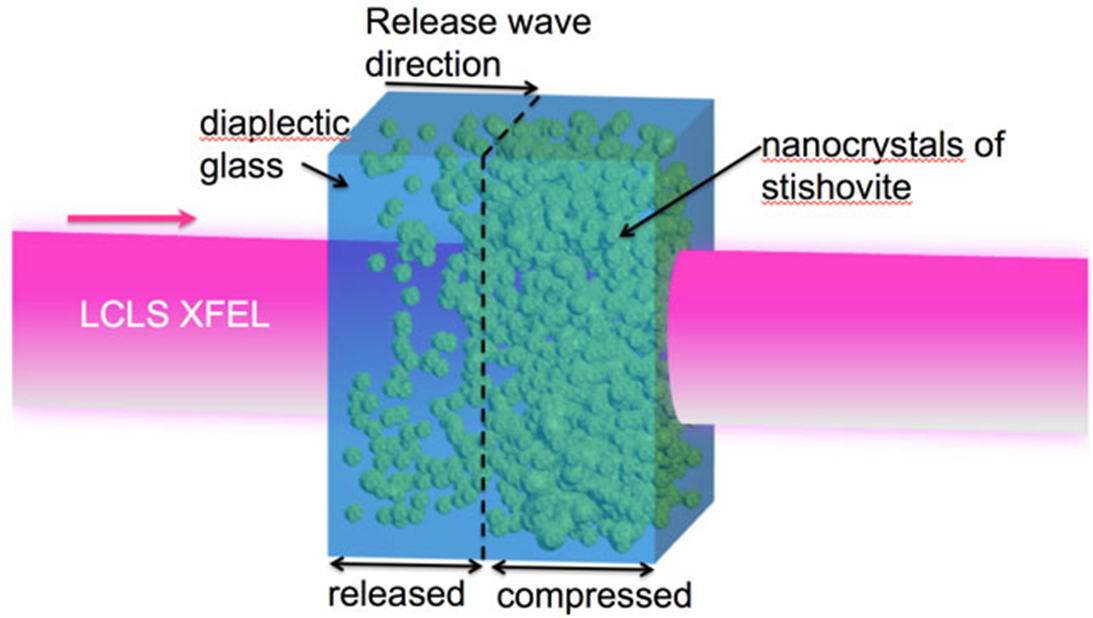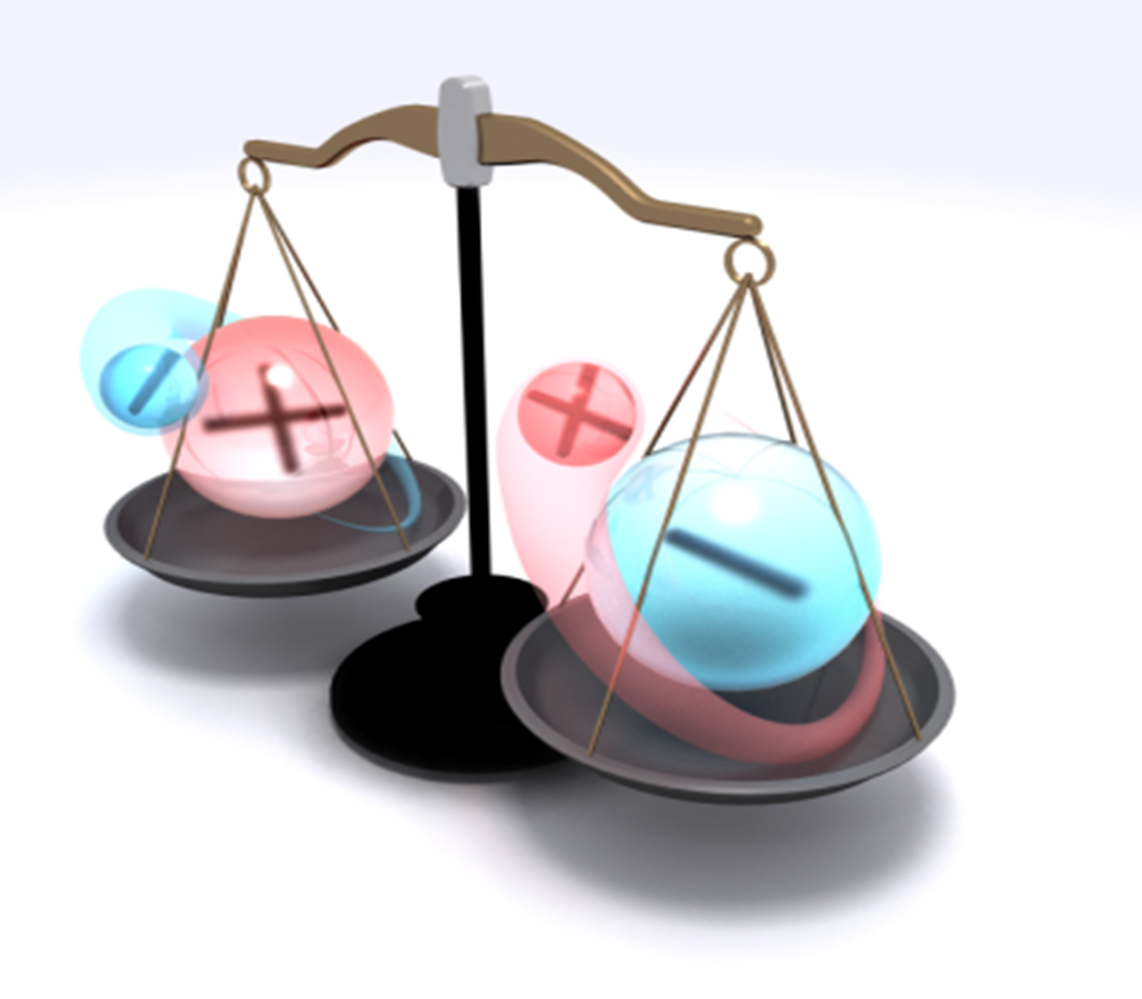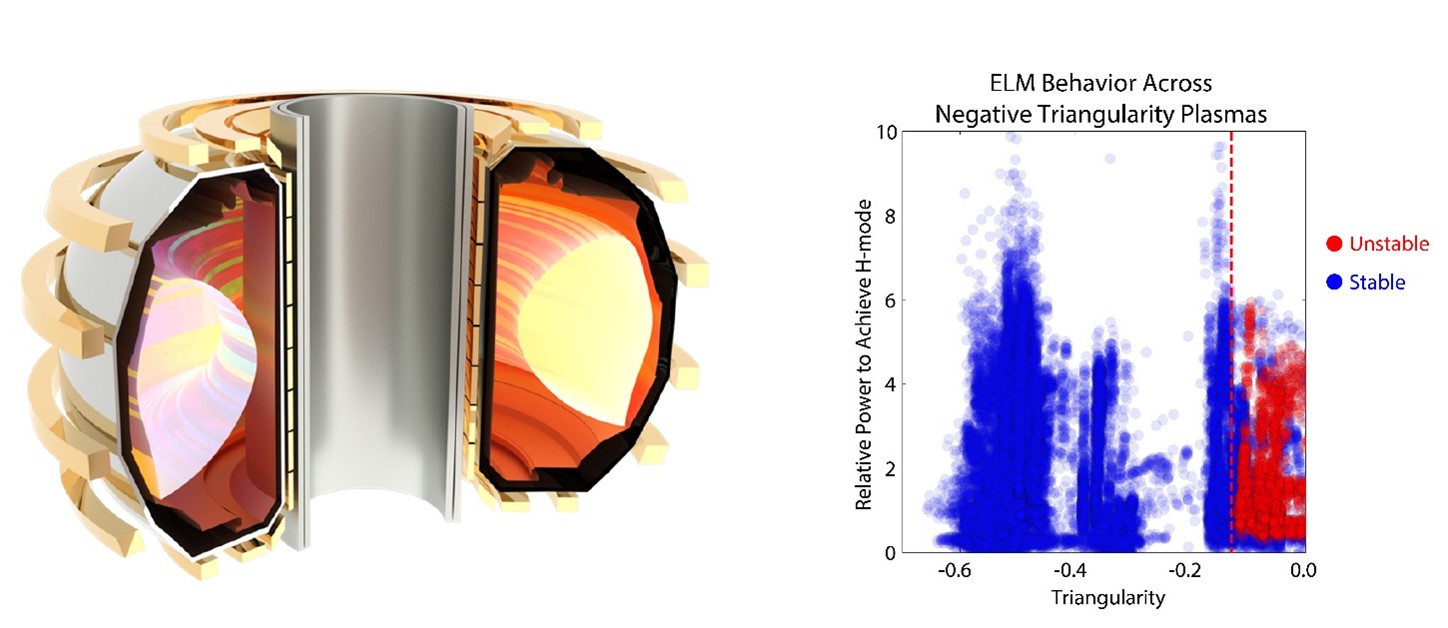Scientists Have Overestimated Meteor Sizes
First demonstration of high-pressure metastability mapping with ultrafast X-ray diffraction shows objects aren’t as large as previously thought.

The Science
Scientists have long known that impacts from meteors can convert silicates into shocked glass, an amorphous phase known as diaplectic glass. The question is how this shocked glass forms—does the rock have to become molten first or can a glass result from the compression release process? New findings indicate that a shocked glass can form on release without melting!
The Impact
Scientists simulated what happens when a meteor hits the Earth’s crust generating shocked glass. In the past, scientists have tried to estimate the amount of pressure needed to cause this transformation. They did so by examining debris from meteor impacts and squeezing mineral samples in pressure cells. For the first time, they observed the process as it unfolded and determined that traditional methods have overestimated the size of past meteors that have struck the Earth.
Summary
Using the high brightness, short-pulse X-ray free-electron laser at the SLAC National Accelerator Laboratory, the team measured the speed at which fused silica crystallizes to stishovite on shock compression and then converts to an amorphous phase on shock release. They calculated the reaction occurs in only 2.4 nanoseconds when the pressure released is 33.6 gigapascals. The resulting glass fragments suggest the change is irreversible. These are the first observations of real-time diaplectic glass formation attesting that it is formed from the compression of stishovite. The data and analysis are the first direct mapping of shock-induced metastability of high-pressure phases and formation of an amorphous material on release via femtosecond (10-15 second) X-ray diffraction. The results could revise how scientists describe the process of shock metamorphism. The new results suggest the peak pressure needed to form shocked glass is 25 percent lower than previously thought. This led to an inflation in assumed impactor size.
The work was made possible by the Matter at Extreme Conditions facility, which combines SLAC’s Linac Coherent Light Source with high power optical laser beams and a suite of dedicated diagnostics tailored for warm dense matter physics, high-pressure studies, shock physics, and high energy density physics.
Contact
Arianna E. Gleason
Los Alamos National Laboratory
Stanford University
arianna@lanl.gov
Funding
W.L.M. is supported by the Department of Energy (DOE), Office of Science, Basic Energy Sciences (BES), Materials Sciences and Engineering Division. A.E.G. was supported by National Science Foundation (NSF) Geophysics and Los Alamos National Laboratory Reines Laboratory-Directed Research and Development. This work was performed at the (1) Matter at Extreme Conditions instrument of the Linac Coherent Light Source (LCLS), supported by DOE Office of Science, Fusion Energy Sciences, and was supported by LCLS, a DOE Office of Science user facility operated by Stanford University on behalf of DOE BES, and (2) the Advanced Light Source, which is a DOE Office of Science user facility. Los Alamos National Laboratory is operated for the DOE National Nuclear Security Administration.
Publications
A.E. Gleason, C.A. Bolme, H.J. Lee, B. Nagler, E. Galtier, R.G. Kraus, R. Sandberg, W. Yang, F. Langenhorst, and W.L. Mao, “Time-resolved diffraction of shock-released SiO2 and diaplectic glass formation.” Nature Communications 8, 1481 (2017). [DOI: 10.1038/s41467-017-01791-y]
Related Links
SLAC news feature: Scientists Make First Observations of How a Meteor-Like Shock Turns Silica Into Glass
Popular Mechanics article: Even Tiny Meteors Can Turn Sand into Exotic “Shock Glass”
Highlight Categories
Performer: University , DOE Laboratory , SC User Facilities , BES User Facilities , ALS , LCLS
Additional: Collaborations , NNSA , Non-DOE Interagency Collaboration



